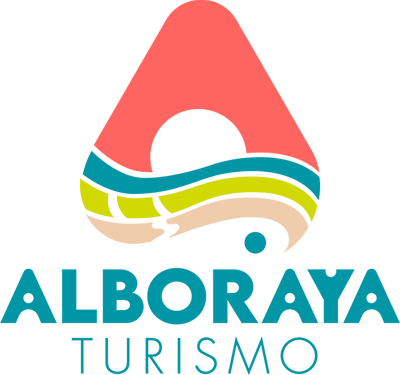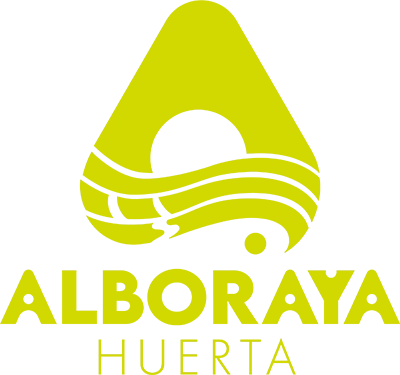On this itinerary you can stroll through the most historic streets of the town and leave the urban center to find its natural environment, the farmlands.
The itinerary has panels with complementary information about the most significant elements of this route.
- Distance: 4 km
- Duration: 1 hour and a half
- Difficulty: Low
- On foot
- By bike
1. El Pont del Moro
In the early 90s, this bridge was dismantled and moved to the Paseo de Aragón, due to the covering of the Vera irrigation ditch.
2. La sénia
The waterwheel has its origins in Persia. The Egyptians were already using it about 2500 years ago. The Arabs called it 'saniya', which means 'well where a wheel draws water for irrigation'.

3. The schools
The schools date back to 1923. They were built in what were then the outskirts of the town (Carrer de les Fonts, now Carrer Colón, and Carrer de l'Ensenyança, now Carrer Cervantes). Today the schools are located in the center due to the urban expansion of the 20th century.

4. Parish Church
Located in the very heart of the Historic Center of Alboraia, the parish church stands majestic. It is dedicated to the Virgin of the Assumption, as King James I always did when he reconquered territories occupied by the Moors in Valencia.

5. House of the Count of Zanoguera
On March 2, 1910, Mariana Rovira sold this house dating from the 17th century to Vicenta Vicent Climent, which is why it is known by the neighbors as the house of "Vicenteta la de Garra". Upon her death in 1967, she bequeathed it to the Parish Church of Alboraia.

6. Hermitage of Saint Christopher
Legend has it that the image of Saint Christopher arrived in Alboraya in the year 683 on a Phoenician ship. It was then venerated until the Muslim invasion, when it had to be hidden in a well, and was not rediscovered until 1442, when it was found in the Masia del Mogo and moved to the parish church, where it is currently located.





